The reigns of Maria Theresa of Austria and her son Joseph II, Holy Roman Emperor and co-regent from 1765, were characterized by enlightened absolutism. In 1740, most of Silesia (except the southernmost area) was seized by King Frederick II of Prussia in the Silesian Wars. In 1757 the Prussians invaded Bohemia and after the Battle of Prague (1757) occupied the city. More than one quarter of Prague was destroyed and St. Vitus Cathedral also suffered heavy damage.
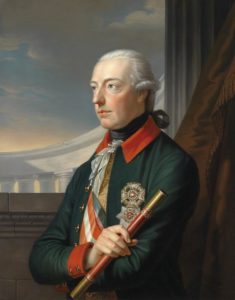
Frederick was defeated soon after at the Battle of Kolín and had to leave Prague and retreat from Bohemia. In 1770 and 1771 Great Famine killed about one tenth of the Czech population, or 250,000 inhabitants, and radicalized the countryside leading to peasant uprisings. Serfdom was abolished (in two steps) between 1781 and 1848. Several large battles of the Napoleonic Wars – Battle of Austerlitz, Battle of Kulm – took place on the current territory of the Czech Republic. Joseph Radetzky von Radetz, born to a noble Czech family, was a field marshal and chief of the general staff of the Austrian Empire army during these wars.
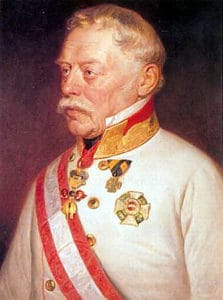
The end of the Holy Roman Empire in 1806 led to degradation of the political status of the Kingdom of Bohemia. Bohemia lost its position of an electorate of the Holy Roman Empire as well as its own political representation in the Imperial Diet. Bohemian lands became part of the Austrian Empire and later of Austria–Hungary. During the 18th and 19th century the Czech National Revival began its rise, with the purpose to revive Czech language, culture and national identity. The Revolution of 1848 in Prague, striving for liberal reforms and autonomy of the Bohemian Crown within the Austrian Empire, was suppressed.
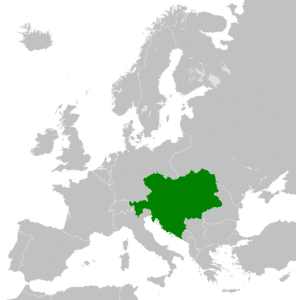
In 1866 Austria was defeated by Prussia in the Austro-Prussian War (see also Battle of Königgrätz and Peace of Prague). The Austrian Empire needed to redefine itself to maintain unity in the face of nationalism. At first it seemed that some concessions would be made also to Bohemia, but in the end the Emperor Franz Joseph I effected a compromise with Hungary only. The Austro-Hungarian Compromise of 1867 and the never realized coronation of Franz Joseph as King of Bohemia led to a huge disappointment of Czech politicians. The Bohemian Crown lands became part of the so-called Cisleithania (officially “The Kingdoms and Lands represented in the Imperial Council”).
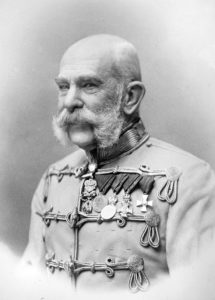
Prague pacifist Bertha von Suttner was awarded the Nobel Peace Prize in 1905. In the same year, the Czech Social Democratic and progressive politicians (including Tomáš Garrigue Masaryk) started the fight for universal suffrage. The first elections under universal male suffrage were held in 1907. The last King of Bohemia was Charles I of Austria who ruled in 1916–1918.
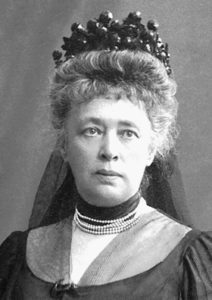
Czechoslovakia:
An estimated 1.4 million Czech soldiers fought in World War I, of whom some 150,000 died. Although the majority of Czech soldiers fought for the Austro-Hungarian Empire, more than 90,000 Czech volunteers formed the Czechoslovak Legions in France, Italy and Russia, where they fought against the Central Powers and later against Bolshevik troops. In 1918, during the collapse of the Habsburg Empire at the end of World War I, the independent republic of Czechoslovakia, which joined the winning Allied powers, was created, with Tomáš Garrigue Masaryk in the lead. This new country incorporated the Bohemian Crown (Bohemia, Moravia and Silesia) and parts of the Kingdom of Hungary (Slovakia and the Carpathian Ruthenia) with significant German, Hungarian, Polish and Ruthenian speaking minorities. Czechoslovakia concluded a treaty of alliance with Romania and Yugoslavia (the so-called Little Entente) and particularly with France.
